The release of the Bowers & Wilkins P5 headphones was a shot across the bow to other headphone makers that the high-end audio industry had woken up and taken notice of a coming trend in personal listening. That trend has now become a wave as other high-end speaker makers have followed B&W’s lead. We are living in the golden age of headphones right now and it’s pretty darned cool. The P5 was – and still is – an expensive, but really good on-ear (supra-aural) headphone that works as well in the living room as it does while commuting.
B&W followed the P5 with the more commuter friendly and less expensive P3. Ironically, the P3 was more comfortable (to my ears) than the P5 and sounded almost as good. It almost made the P5’s extra cost hard to justify. It is that good. As good as both the P5 and P3 are however, there seemed to be a void in B&W’s line, especially considering the seriousness of their home speaker line. What was missing was a serious home-environment headphone. The Bowers & Wilkins P7 headphone not only fills that void, it pretty much blows the P5 and P3 away in almost every category.
At first glance, the P7 looks similar to the P5, but closer examination reveals some major differences. The biggest change to the P7’s are a larger, over-ear (circumaural) design. This has a few aural advantages. It takes the shape of the ear into account. Ear shape is no accident. The outer ear shape (pinna) helps direct sound into the ear canal, plus it helps us know the direction of where sound is coming from. While over-ear headphones can’t replicate the soundstage of a piece of music as well as room speakers, they do it better than on-ear and in-ear phones. Given the right music, the P7 headphones exhibit soundstage quite well.
One disadvantage to over-ear headphones is comfort. Granted, this is highly debatable, but to my ears, supra-aural phones are more comfortable than circumaural over hours of use. I can wear the P5 or P3 phones all day, but not the P7. Others will completely disagree. Fine by me. I’m not saying that the P7 is uncomfortable; it’s just that over many hours it becomes a concern. In fairness to B&W, I have comfort issues with all over-ear headphones vs on-ear. Plus, the P7s can get warm, which can happen with the larger over-ear cups, especially in warmer and humid climates like Florida, where I’m from.
The construction of the P7 headphones is first-rate, but then ALL of B&W’s headphones are. No surprise there. The ear cups are made of sheep’s leather-wrapped memory foam pads. The pads are removable for easy cleaning or replacing should they get damaged. This also allows the cord to be easily replaced — always a good thing.
The design is just beautiful, with polished metal framing, fabric-covered wiring and thickly leather-covered headband. They fold up for easy storage, although they’re still a bit bulky even folded. The fitted carrying case is … how do I put this … a bit too feminine looking for my tastes. It resembles a woman’s small purse. Don’t tell B&W this, but, in my office, I hide the case when not using it.
The P7 comes with two replaceable cords: one with a chrome in-line remote control and one without. I almost never use in-line remotes with headphones, but it’s a nice addition for those who want to control music and take calls. Unfortunately for Android and Windows smartphone users, the mic/remote only work with Apple products. The cords are noticeably thicker than the P5 and P3 cords. Time will tell if they are more durable.
For those inclined, the specs are:
40mm Dynamic driver
Changeable ear cushions
Detachable cable
Impedance: 22 ohms
Frequency range: 10Hz to 20kHz Distortion (THD)
On paper, the P7 and P5 phones are very similar, but they don’t sound the same. The diaphragm (speaker) is 40mm on both and the frequency range is identical. The P7 is a bit more efficient for use with i-Devices without needing an external amp or DAC (digital audio converter). However, any good headphone will benefit from a better DAC or amp. The P7 sounds … bigger than the P5. I attribute this to the larger, over-ear cups and different tuning. The cups also improve isolation, a plus for commuting and office use.
The P7 sounds good to great across many genres of music. The sound of lower resolution MP3s is rounded off, resolving harshness that can be heard with overly accurate headphones. I’m not saying the P7s aren’t accurate, they’re just not studio monitors, nor were they designed to be.
Higher-res music files really shine with the P7 phones. There is much more musical information contained in hi-res files and the P7 lets you hear all of it. The clarity is astounding but not at the expense of warmth. These can be listened to for as long as desired with no audio fatigue – not an easy thing to design and manufacture.
The Beatles “Love” soundtrack features a complete remixing and re-arranging of Beatles classics for the Cirque du Soleil show of the same name. The audio quality is amazing and the P7 phones help bring it all out. As I listened, I would turn my head occasionally because I swear I was hearing noises beyond my head. However, I was not imagining things; It was coming from the soundtrack. I’ve rarely heard this on other headphones I’ve tested. Sometimes, it could be just plain eerie. Now, THAT is soundstage!
A high-res version of The Moody Blues album “In Search of the Lost Chord” was über quiet where it should have been. The stereo/psychedelic – and now retro – trappings were a trip (pun intended), especially the now silly ode to Timothy Leary, “Legend of a Mind.” Despite the goofy lyrics, the music soared and dipped in both volume and emotion. This song is best heard loud and the P7s rode this aural roller coaster with no added distortion.
Speaking of stereo, an very high-res version of Pink Floyd’s “Welcome to the Machine” from “Wish You Were Here” has sonics that will test any speaker or headphones. That’s why Pink Floyd is almost always featured in audio testing. The dynamics (loud vs soft) of the song were outstanding. That takes some getting used to in our modern “everything has to be loud” world. The perceived lack of volume in parts of the song actually adds to the musical drama when the loud parts do kick in. The P7 phones let the dynamics be heard (or not, depending) without trying to fix anything that didn’t need fixing. The bass was neutral, as it should always be.
Although the P7 headphones are on the warm-sounding side (partly because of the over-ear design), they don’t suffer from bloated bass – far from it. It’s refreshing to experience bass the way I would like to think the artist intended. Keep in mind that most modern recordings (and many remastered albums) push bass up front and in your face. I don’t like it, but I realize that I’m in the minority here. On these recordings, B&W have allowed this accentuated bottom end to remain as neutral and uncolored as possible, given the source material.
Bowers and Wilkins’ P7 is an impressive headphone in many ways. from the timeless and beautiful design to the solid construction to the exquisite sound, the P7 should be on any short list when looking for a serious headphone for serious listening.
Updates
Even with all the headphones I review, there are times when I need a break and return to a reference headphone. For me it was the Bowers & Wilkins P5—incredibly comfortable with great sound. No more. The B&W P7 headphone have replaced the P5. The P7s are more than just a bigger P5. They are reworked in every detail and it shows. Amazing build quality combined with equally amazing audio and comfort is about all that’s required of a headphone and the P7 delivers in spades.
Source: The sample for this review was provided by Bowers & Wilkins. Please visit their site for more info.
for MagSafe Wallet, Stronger Magnetic Wallet for iPhone 17/16/15/14/13/12 Series, 7 Cards Holder, Magnetic Phone Wallets, Vegan Leather Minimalist Slim RFID for iPhone Wallets, 1 Slot, Black & Black
$19.98 (as of December 3, 2025 14:54 GMT -05:00 - More infoProduct prices and availability are accurate as of the date/time indicated and are subject to change. Any price and availability information displayed on [relevant Amazon Site(s), as applicable] at the time of purchase will apply to the purchase of this product.)ESR for MagSafe Wallet with Stand, 5 Card Holder for Phone Case, RFID Blocking with MagSafe Ring, Slim Leather Magnetic Wallet for iPhone 17/16/15/14/13/12 Series(Not for Mini), Selected Samsung,Black
33% OffProduct Information
| Price: | $399.99 US |
| Manufacturer: | Bowers & Wilkins |
| Requirements: |
|
| Pros: |
|
| Cons: |
|

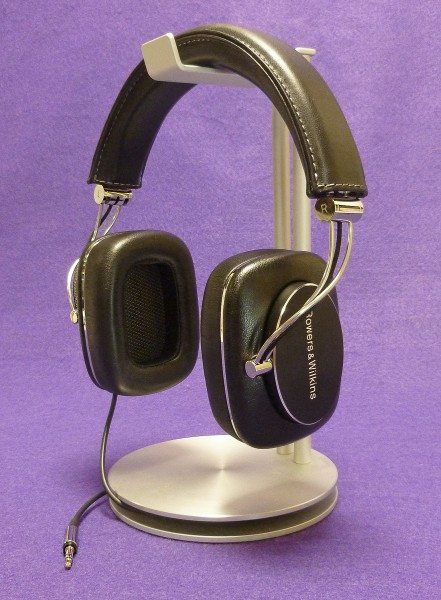
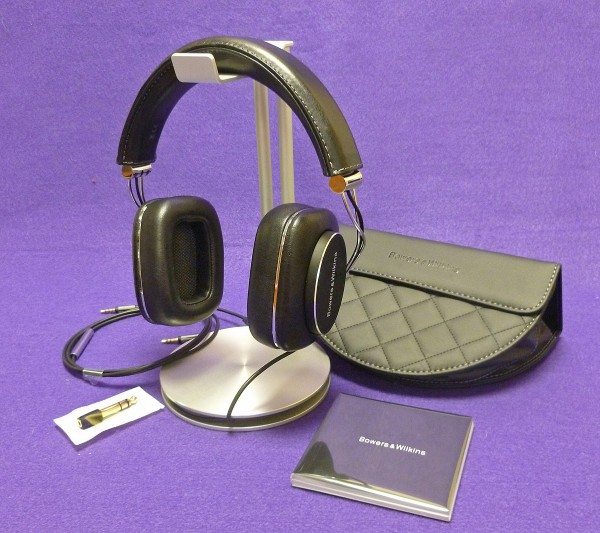
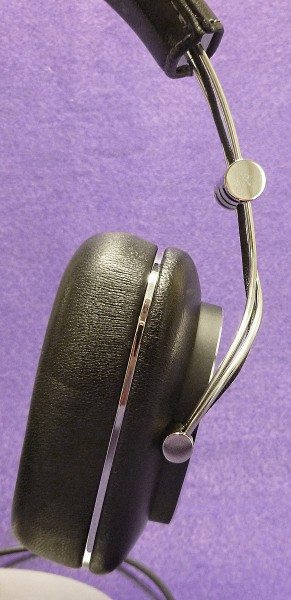
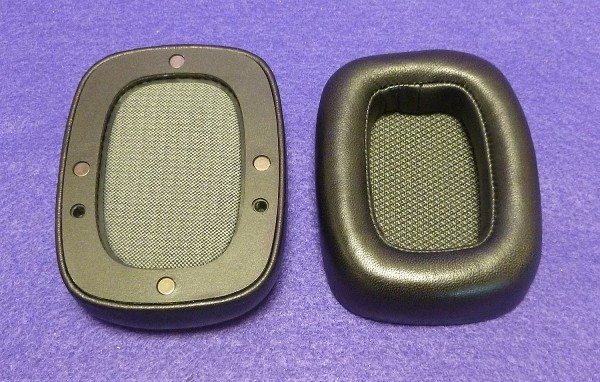
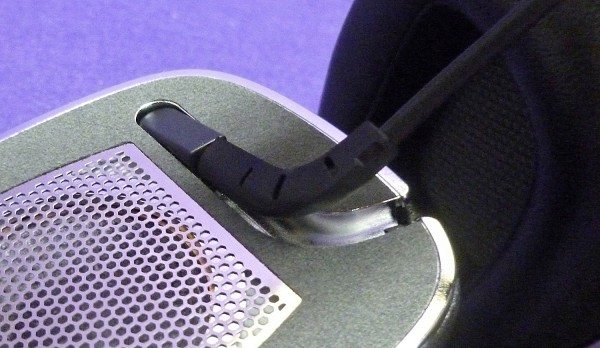
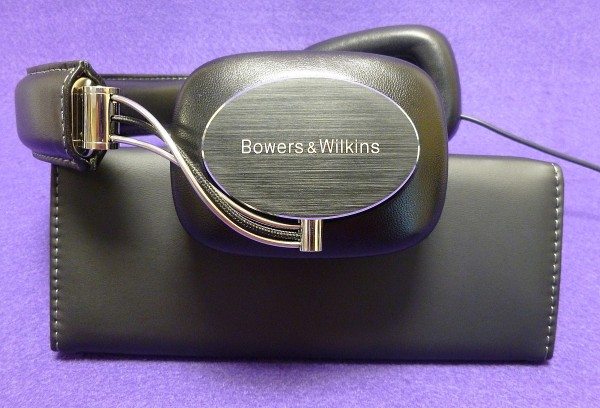
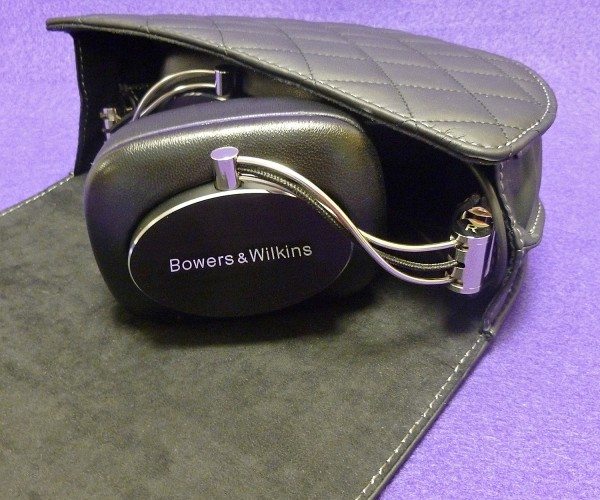
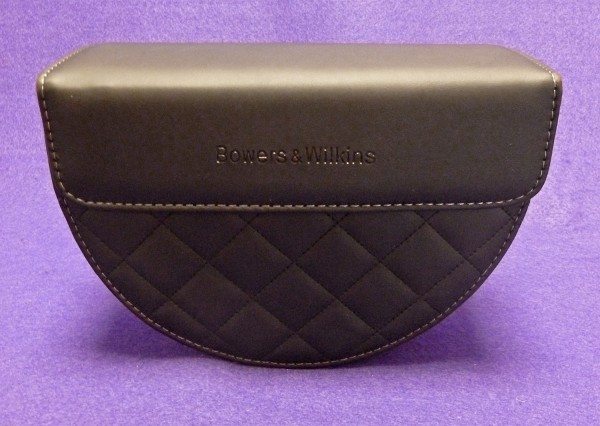

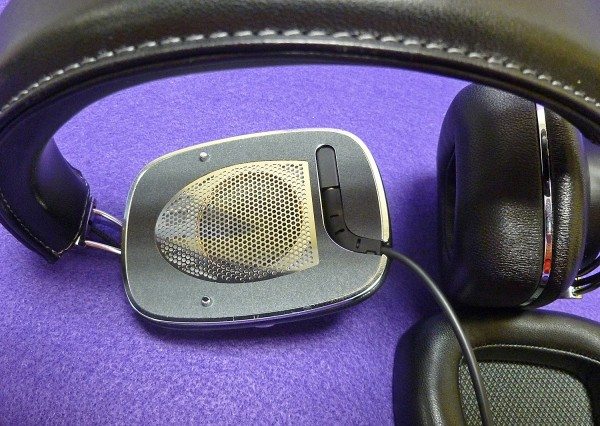
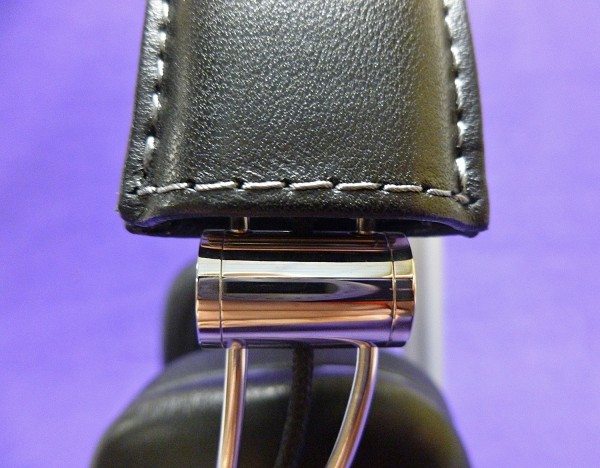
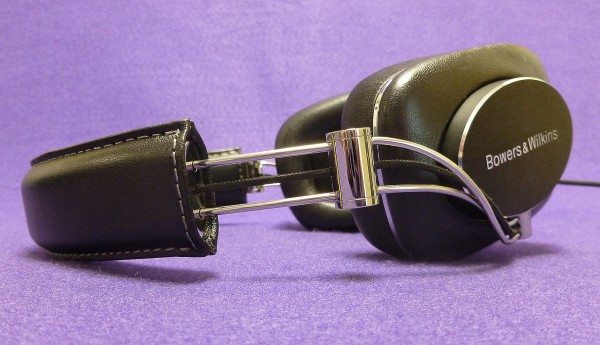


Gadgeteer Comment Policy - Please read before commenting
Nice Review, as typical for the-gadgeteer.com
As a headphone collector – having upwards of 50 headphones and counting, this is the second to last pair I added to my collection. One of my favorites to listen to FLAC and or 96/24 music. I tend to use them with the new Dragonfly 1.2 and my MacBook Pro. Pretty comfortable, but they (as most over ear, have issues with glasses), great sounding. I can go for about 2 hours without any real discomfort. Much better sounding then my P5s and P3s. As with my P5s, they don’t leave my house, too expensive to lose or break. To me, I tend to think that high quality in ears provide a more comfortable short term solution with glasses, but have a very different soundstage.
As for aesthetics, these are beautiful and smell wonderful. Their build quality is much better than the similarly gorgeous and nice sonically B&Os. IMO, you have to go up to a mid level Sennheiser or HFiman to get much better sound. Don’t get me started on the Sennheiser HD800s – my next headphone purchase – now that has a soundstage and you can where them for days….
David,
I agree completely. I wear glasses and it is an issue with headphones.
I have about 8 pair of earphones I switch around and it is much better for glasses wearers.
Bill H.
I purchased these on faith, as my local Apple Store would not put out a pair for demo. I have not been disappointed, and they do leave my P5’s in the dust for sound and comfort. Materials, design and construction are incredible. They are easily driven by my iPhone and iPad.
Of course no headphone is perfect and personal preferences for sound will always win out when choosing headphones. So demo them first if you can.
I wish Apple would buy this company (instead of Beats) but I suppose they are not mainstream enough.
Jazz1,
I can’t see Apple buying B&W because they are an old, established British maker of incredible and very expensive speakers… not Apple’s market. But then, I was surprised by their purchase of Beats (if the rumor is true).
Bill H.